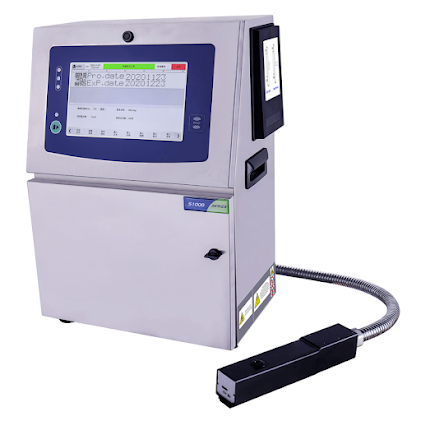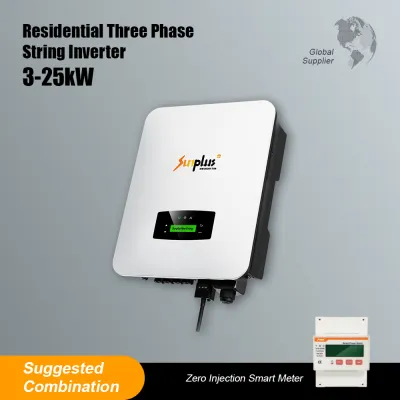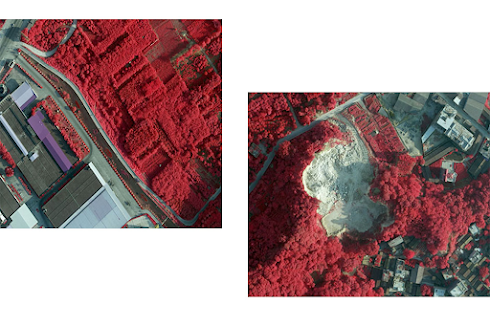PCB Surface Finishes: HASL vs OSP vs ENI
In the realm of printed circuit boards (PCBs), surface finishes play a pivotal role in determining the overall performance, reliability, and longevity of electronic devices. Among the myriad options available, HASL (Hot Air Solder Leveling), OSP (Organic Solderability Preservative), and ENIG (Electroless Nickel Immersion Gold) stand out as the most commonly employed surface finishes. Each presents a unique set of characteristics and benefits, catering to diverse application requirements. In this comprehensive guide, we delve into the intricacies of each surface finish, offering insights to aid in informed decision-making. Understanding HASL (Hot Air Solder Leveling) HASL characterized by its simplicity and cost-effectiveness, remains a popular choice for PCB surface finishing. The process involves immersing the PCB into a bath of molten solder, followed by a blast of hot air to remove excess solder, leaving behind a uniform coating on exposed copper...


